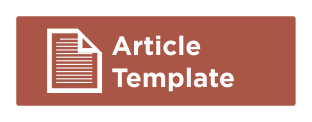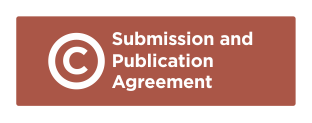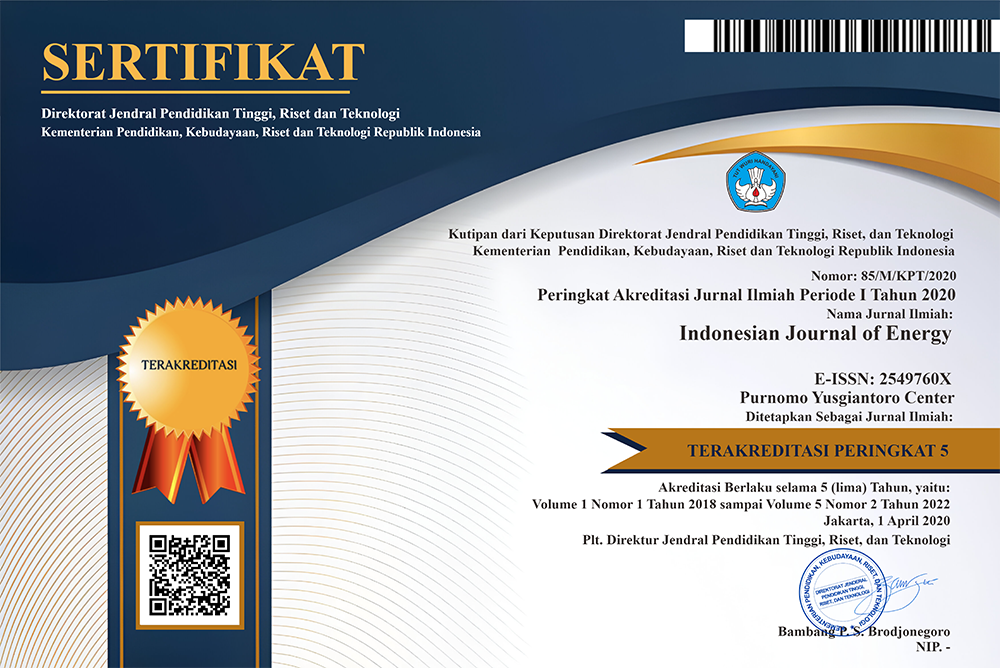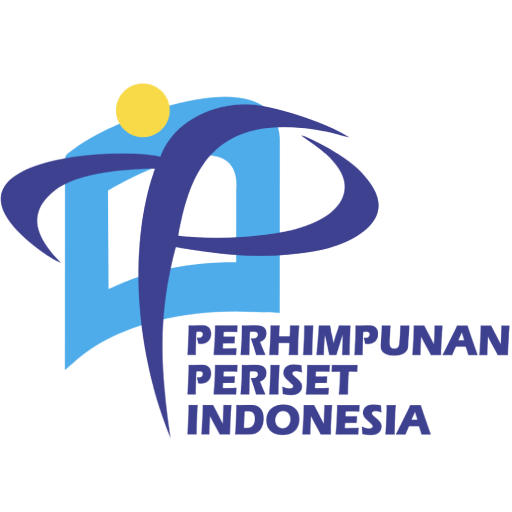Integrated Solar Energy Application System Development to Catalyze Public Participation Towards Bali Clean Energy Through Crowd-Based Business Models
Abstract
Through the Minister of ESDM K/20/MEM/2015 and Bali Governor Regulation No. 45/2019, Bali is designated as a clean energy area and has the advanced implementation of the energy transition towards renewable energy to attain SDG 7 "Affordable and Clean Energy." One of the main intensified directions is the development of solar rooftop energy. However, its development has encountered obstacles that hinder the operation's sustainability. Constraints include financing and community participation. This paper aims to provide solutions to catalyze public participation (especially in youth) for energy transition through the Crowd-Based Business Model, especially for Rooftop Solar Energy Power Plant or PLTS Atap. An integrated information system in the application that can increase investor interest in renewable energy, especially PLTS Atap, could be the answer. This Study uses data from literature studies and will be processed through qualitative content analysis, business model canvas, system design/flow analysis and SWOT analysis. This research will produce an application that is expected to be able to (1) understand the potential, benefits and considerations in using renewable energy, especially solar energy, by installing PLTS Atap in Indonesia (2) inform about financing schemes for installing and using PLTS Atap as a source of electricity generation on a corporate industrial and commercial scale (3) explain investment alternatives using crowdfunding and crowd sale with a certain level of profit that supports environmental values and renewable energy.
Downloads
References
Asian Development Bank. (2019). Renewable energy financing schemes for Indonesia.
Assagaf, A. (2010). Analisis faktor-faktor yang mempengaruhi permintaan tenaga listrik konsumen rumah tangga kecil PT Perusahaan Listrik Negara (Persero). Jurnal Ilmu Ekonomi dan Manajemen, 6(2), 139–182. https://media.neliti.com/media/publications/242840-none-c4f59ff2.pdf
Bali Governor Regulation Number 45 of 2019. (2019). Clean Energy Bali.
Baumassepe, A. N. (2017). Modul pelatihan business model canvas.
Bonzanini, D., Giudici, G., & Patrucco, A. (2016). The crowdfunding of renewable energy projects. In Handbook of environmental and sustainable finance (pp. 429–444). Academic Press.
Castillo, C., Batista e Silva, F., & Lavalle, C. (2016). An assessment of the regional potential for solar power generation in EU-28. Energy Policy, 88, 86–99. https://doi.org/10.1016/J.ENPOL.2015.10.004
Citraningrum, M., & Tumiwa, F. (2021). Survei potensi pasar rooftop solar P.V. di Bali - IESR. Institute for Essential Services Reform. https://iesr.or.id/download/apa-kata-mereke-tentang-plts-atap
Golic, Z. (2013). Advantages of crowdfunding as an alternative source of financing of small and medium-sized enterprises. Proceedings of the Faculty of Economics in East Sarajevo, Year 2014, (8), 38–49. http://www.zrefis.ekofis.ues.rs.ba/images/zrefis2014-8/39-48%20Zorica%20Golic.pdf
Indonesia Clean Energy Development II. (2020). Panduan perencanaan dan pemanfaatan Rooftop Solar PV di Indonesia.
KSEI. (2021). Statistik pasar modal Indonesia. https://www.ksei.co.id/files/Statistik_Publik_Agustus_2021.pdf
Lam, P. T., & Law, A. O. (2016). Crowdfunding for renewable and sustainable energy projects: An exploratory case study approach. Renewable and Sustainable Energy Reviews, 60, 11–20.
Mostafaeipour, A., Alvandimanesh, M., Najavi, F., & Issakhov, A. (2021). Identifying challenges and barriers for development of solar energy by using fuzzy best-worst method: A case study. Energy, 226 2021. https://doi.org/10.1016/j.energy.2021.120355
Mursanti, E. (2017). Potensi dan peran photovoltaic dan P.V. rooftop untuk mempercepat EBT. Institute for Essential Services Reform. https://iesr.or.id/potensi-dan-peran-photovoltaic-dan-pv-rooftop-untuk-mempercepat-ebt
Pawitra Putra, A. A. G. A., Kumara, I. N. S., & Ariastina, W. G. (2020). Review perkembangan PLTS di Provinsi Bali menuju target kapasitas 108 MW tahun 2025. Majalah Ilmiah Teknologi Elektro, 19(2), 181. https://doi.org/10.24843/mite.2020.v19i02.p09
Pergub Nomor 45 Tahun 2019. https://jdih.baliprov.go.id/produk-hukum/peraturan/abstrak/24818
Program Studi D3 Manajemen Informatika. (2018). Analisis dan perancangan sistem informasi. http://d3mi.amikom.ac.id/media/02/MODUL_ANSI.pdf
Suriyani, L. de. (2020). Refleksi dari monumen kegagalan proyek energi bersih di Bali. https://www.mongabay.co.id/2020/10/26/refleksi-dari-monumen-kegagalan-proyek-energi-bersih-di-bali/
Sopandi, A., & Nandang N. (2012). Pengembangan iklim investasi daerah. Kybernan, 3(1), 10–24.
Teske, S., Nagrath, K., Morris, T., Dooley, K., Teske, S., Nagrath, K., Morris, T., & Dooley, K. (2019). Renewable energy resource assessment. https://doi.org/10.1007/978-3-030-05843-2_7
Udayana, C., & Kumara, S. (2020). Peta jalan pengembangan rooftop solar PV menuju Bali mandiri energi. https://doi.org/10.31219/OSF.IO/83YXV
Yusgiantoro, Inka B. (2021). How crowdfundung can accelerate Indonesia’s renewable energy development. The Conversation. https://theconversation.com/how-crowdfunding-can-accelerate-indonesias-renewable-energy-development-154744
















